Rasmus Rothe
Picasso: A Modular Framework for Visualizing the Learning Process of Neural Network Image Classifiers
Sep 11, 2017


Abstract:Picasso is a free open-source (Eclipse Public License) web application written in Python for rendering standard visualizations useful for analyzing convolutional neural networks. Picasso ships with occlusion maps and saliency maps, two visualizations which help reveal issues that evaluation metrics like loss and accuracy might hide: for example, learning a proxy classification task. Picasso works with the Tensorflow deep learning framework, and Keras (when the model can be loaded into the Tensorflow backend). Picasso can be used with minimal configuration by deep learning researchers and engineers alike across various neural network architectures. Adding new visualizations is simple: the user can specify their visualization code and HTML template separately from the application code.
* 9 pages, submission to the Journal of Open Research Software, github.com/merantix/picasso
Some like it hot - visual guidance for preference prediction
Mar 10, 2016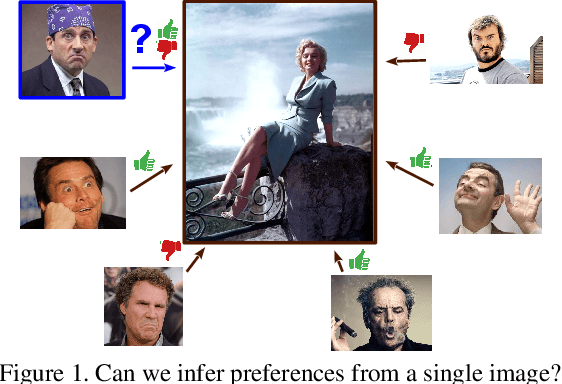
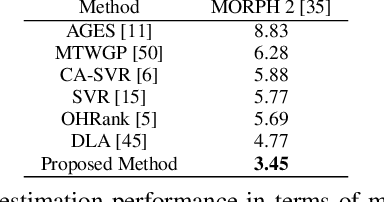


Abstract:For people first impressions of someone are of determining importance. They are hard to alter through further information. This begs the question if a computer can reach the same judgement. Earlier research has already pointed out that age, gender, and average attractiveness can be estimated with reasonable precision. We improve the state-of-the-art, but also predict - based on someone's known preferences - how much that particular person is attracted to a novel face. Our computational pipeline comprises a face detector, convolutional neural networks for the extraction of deep features, standard support vector regression for gender, age and facial beauty, and - as the main novelties - visual regularized collaborative filtering to infer inter-person preferences as well as a novel regression technique for handling visual queries without rating history. We validate the method using a very large dataset from a dating site as well as images from celebrities. Our experiments yield convincing results, i.e. we predict 76% of the ratings correctly solely based on an image, and reveal some sociologically relevant conclusions. We also validate our collaborative filtering solution on the standard MovieLens rating dataset, augmented with movie posters, to predict an individual's movie rating. We demonstrate our algorithms on howhot.io which went viral around the Internet with more than 50 million pictures evaluated in the first month.
Seven ways to improve example-based single image super resolution
Nov 06, 2015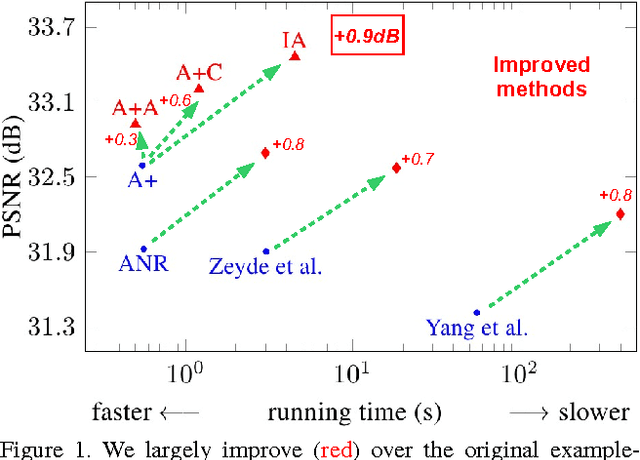
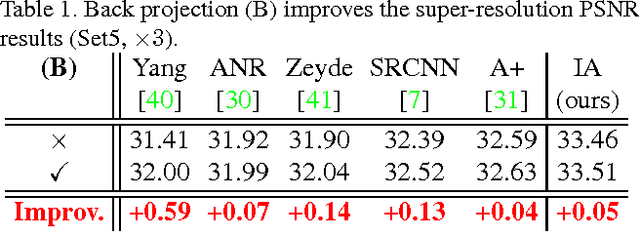
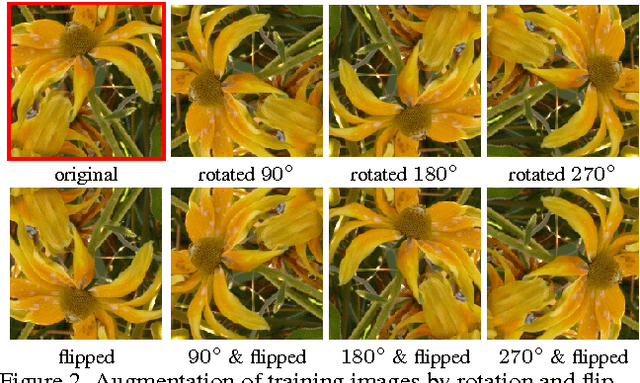
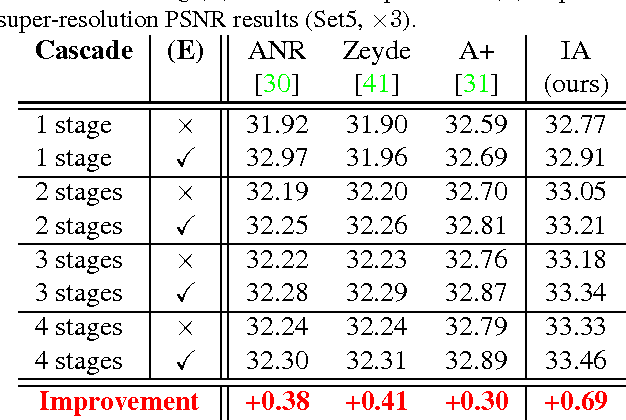
Abstract:In this paper we present seven techniques that everybody should know to improve example-based single image super resolution (SR): 1) augmentation of data, 2) use of large dictionaries with efficient search structures, 3) cascading, 4) image self-similarities, 5) back projection refinement, 6) enhanced prediction by consistency check, and 7) context reasoning. We validate our seven techniques on standard SR benchmarks (i.e. Set5, Set14, B100) and methods (i.e. A+, SRCNN, ANR, Zeyde, Yang) and achieve substantial improvements.The techniques are widely applicable and require no changes or only minor adjustments of the SR methods. Moreover, our Improved A+ (IA) method sets new state-of-the-art results outperforming A+ by up to 0.9dB on average PSNR whilst maintaining a low time complexity.
 Add to Chrome
Add to Chrome Add to Firefox
Add to Firefox Add to Edge
Add to Edge